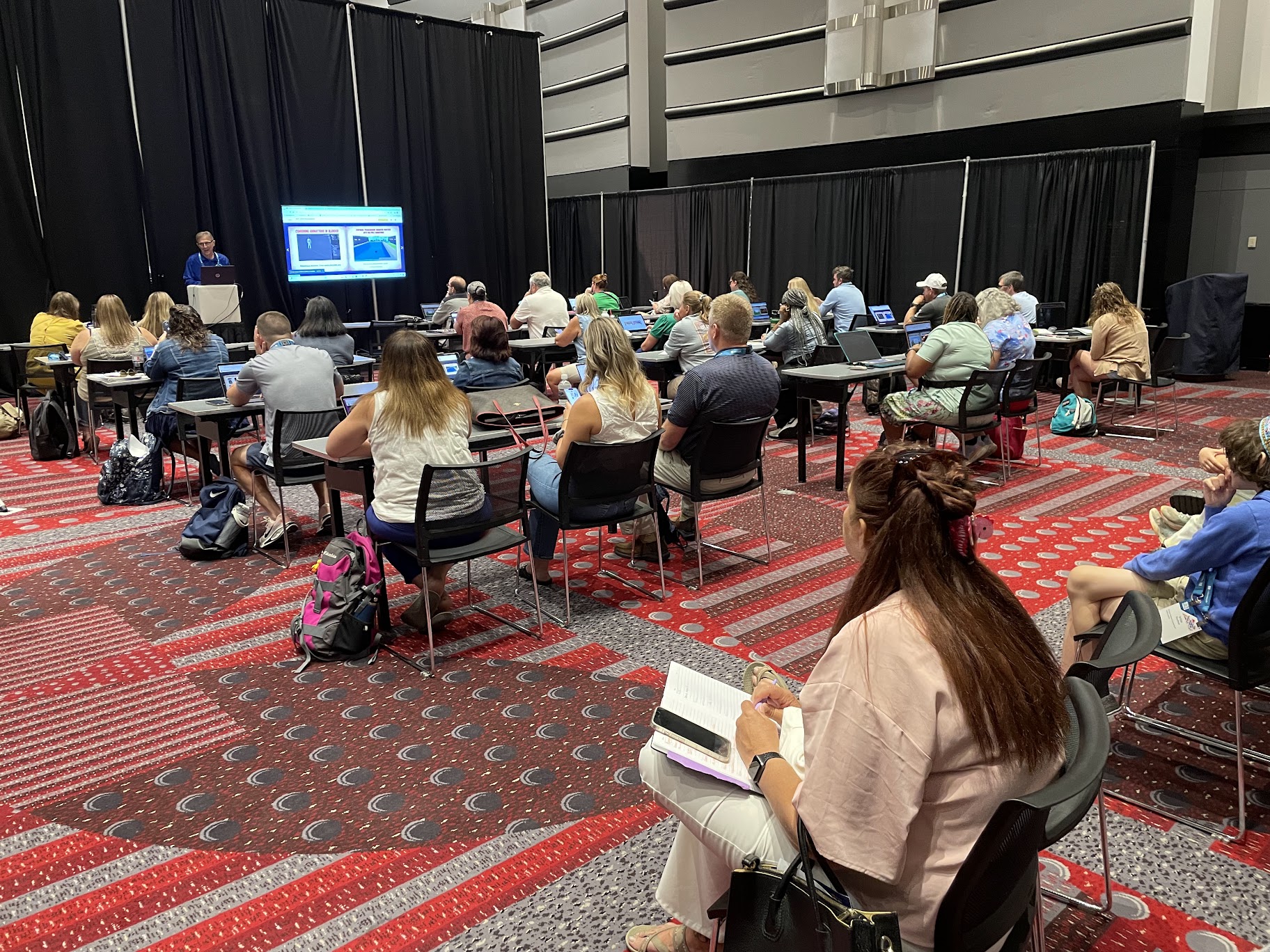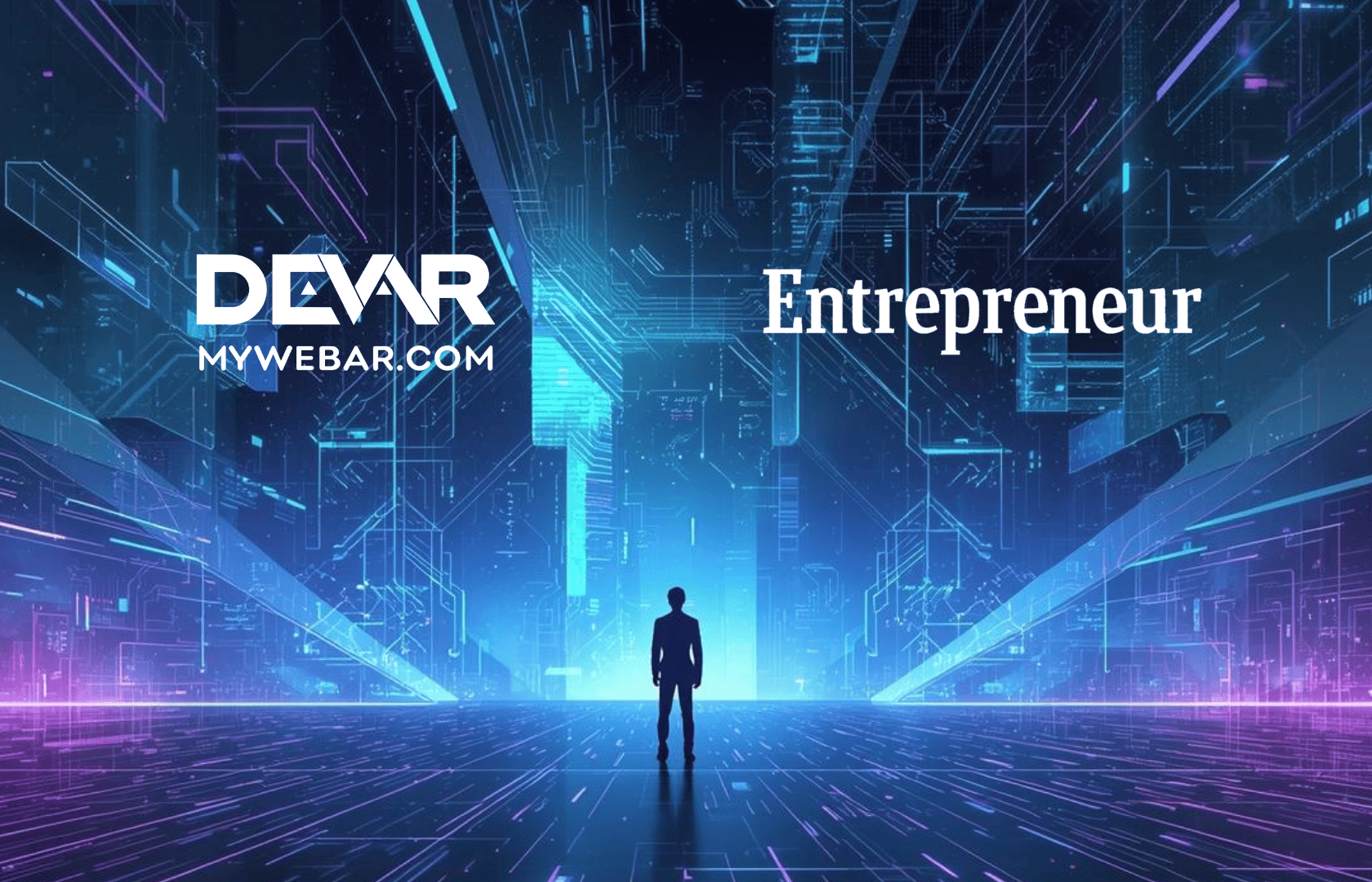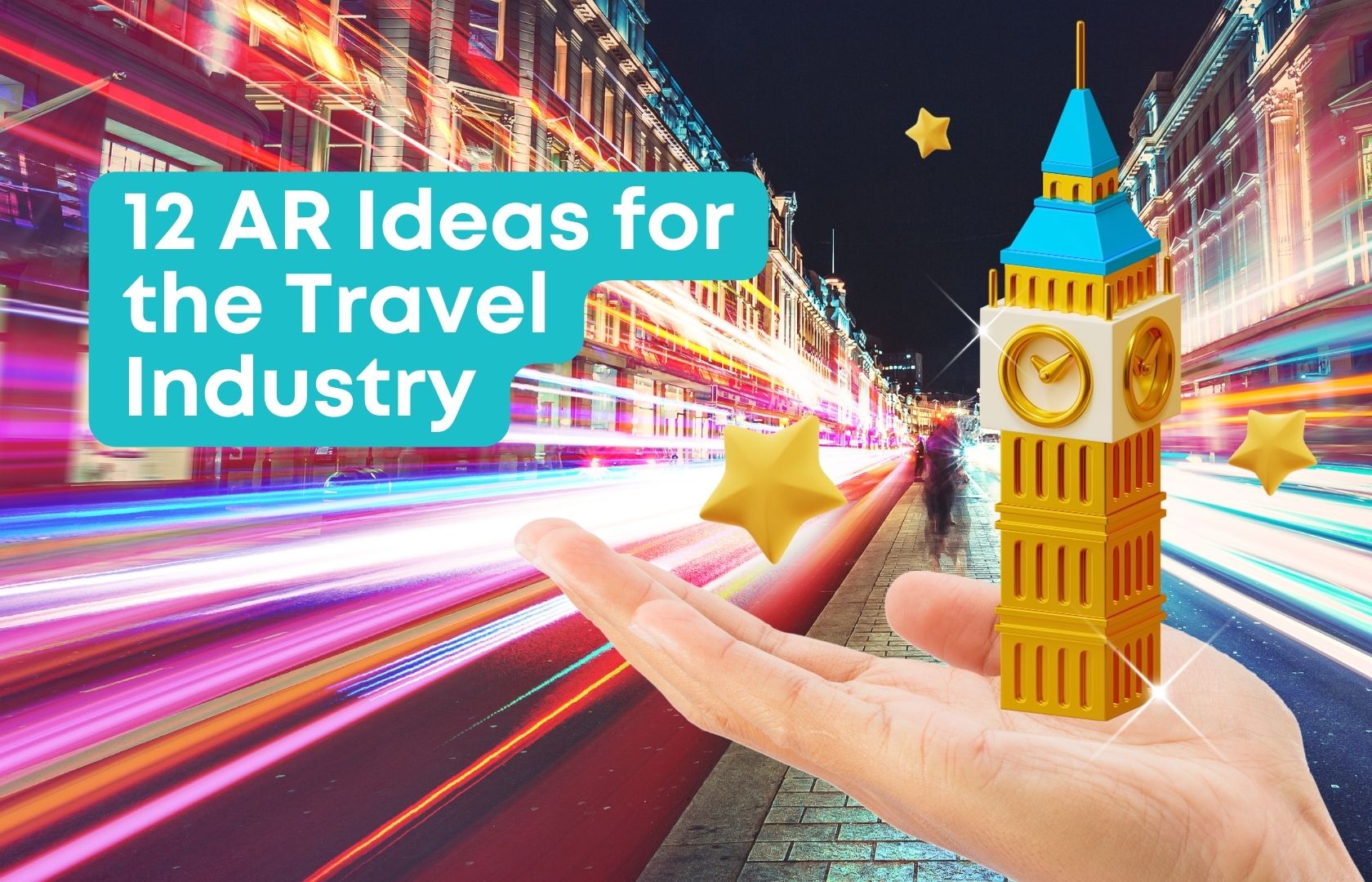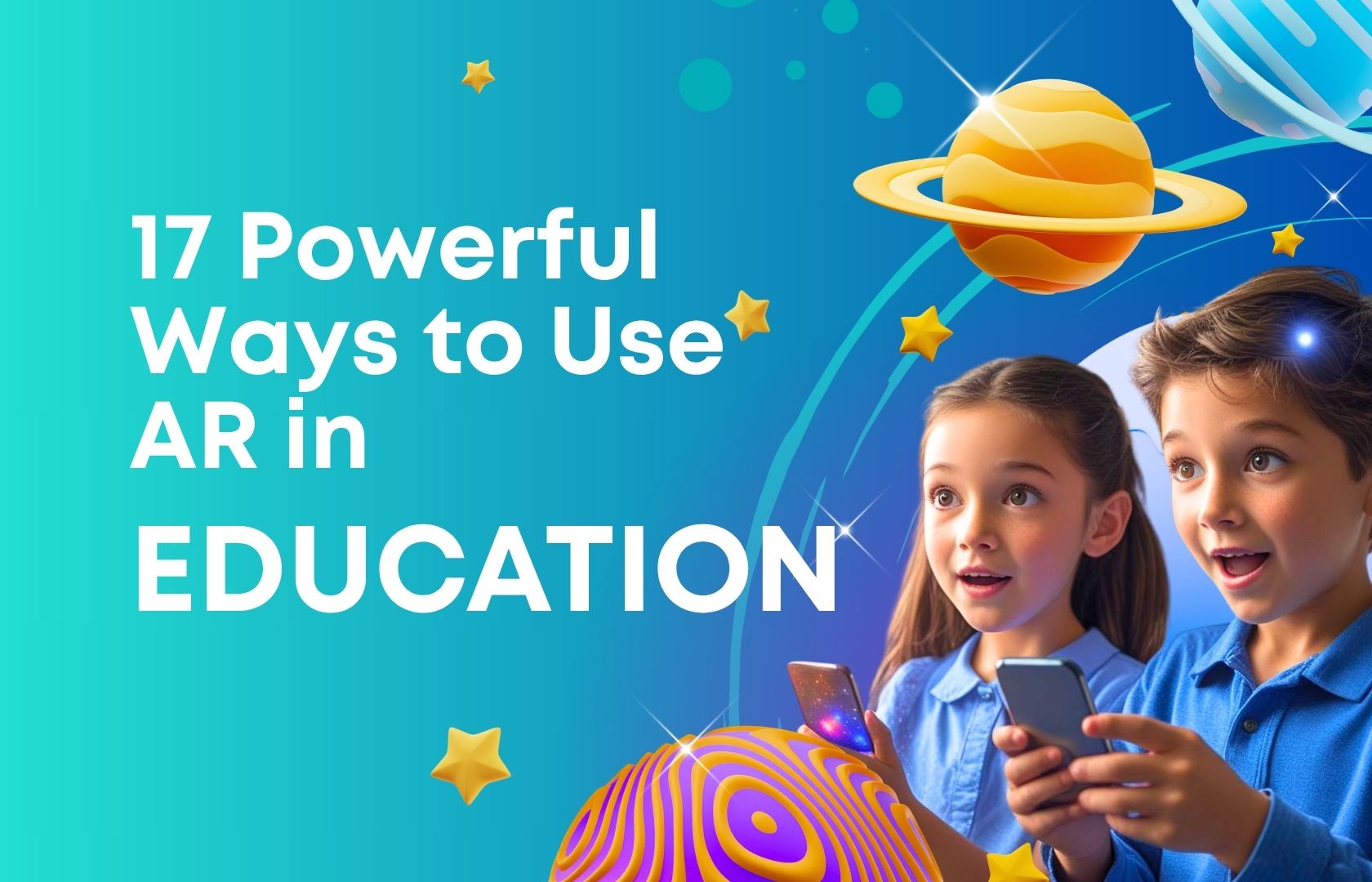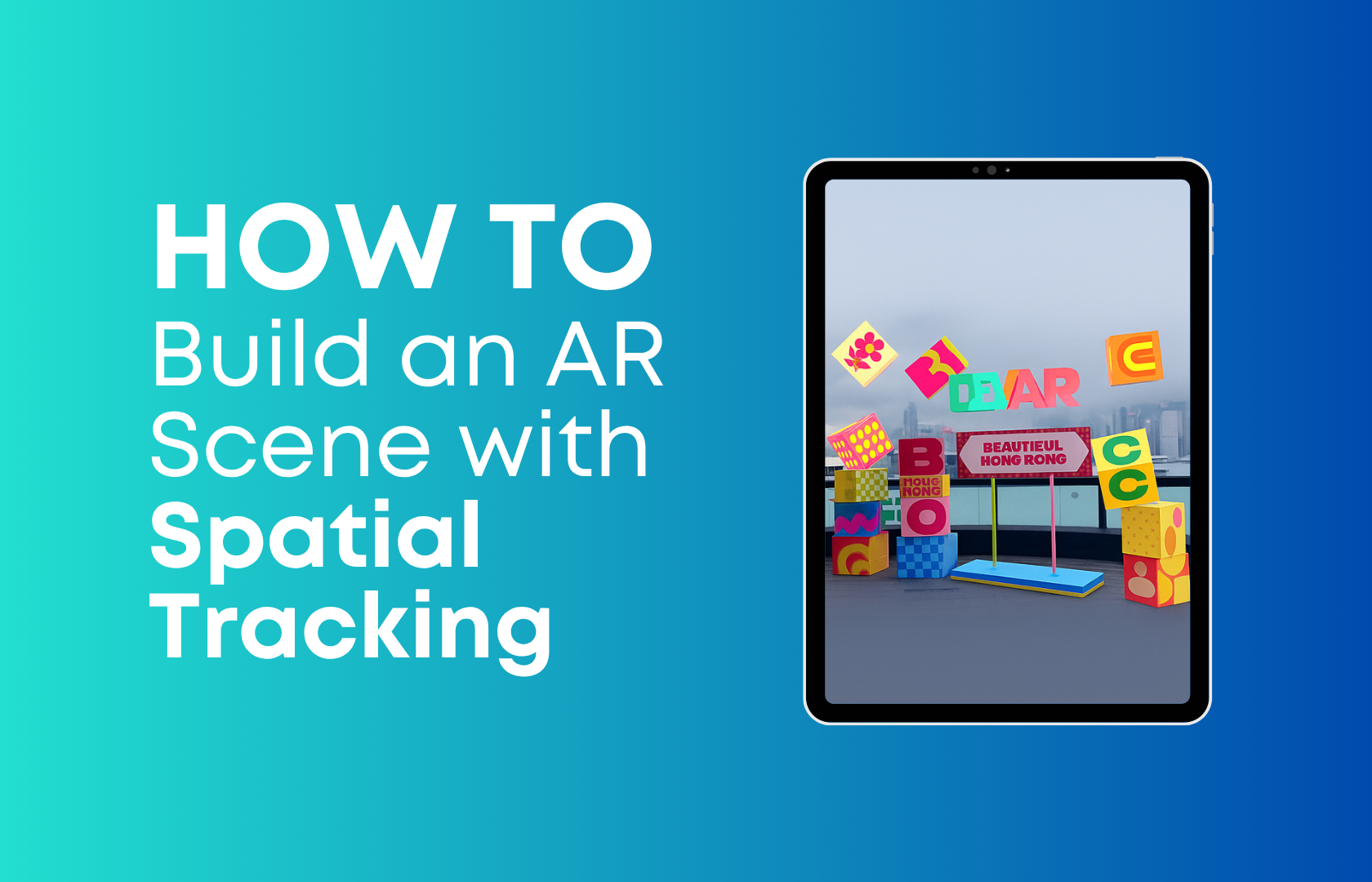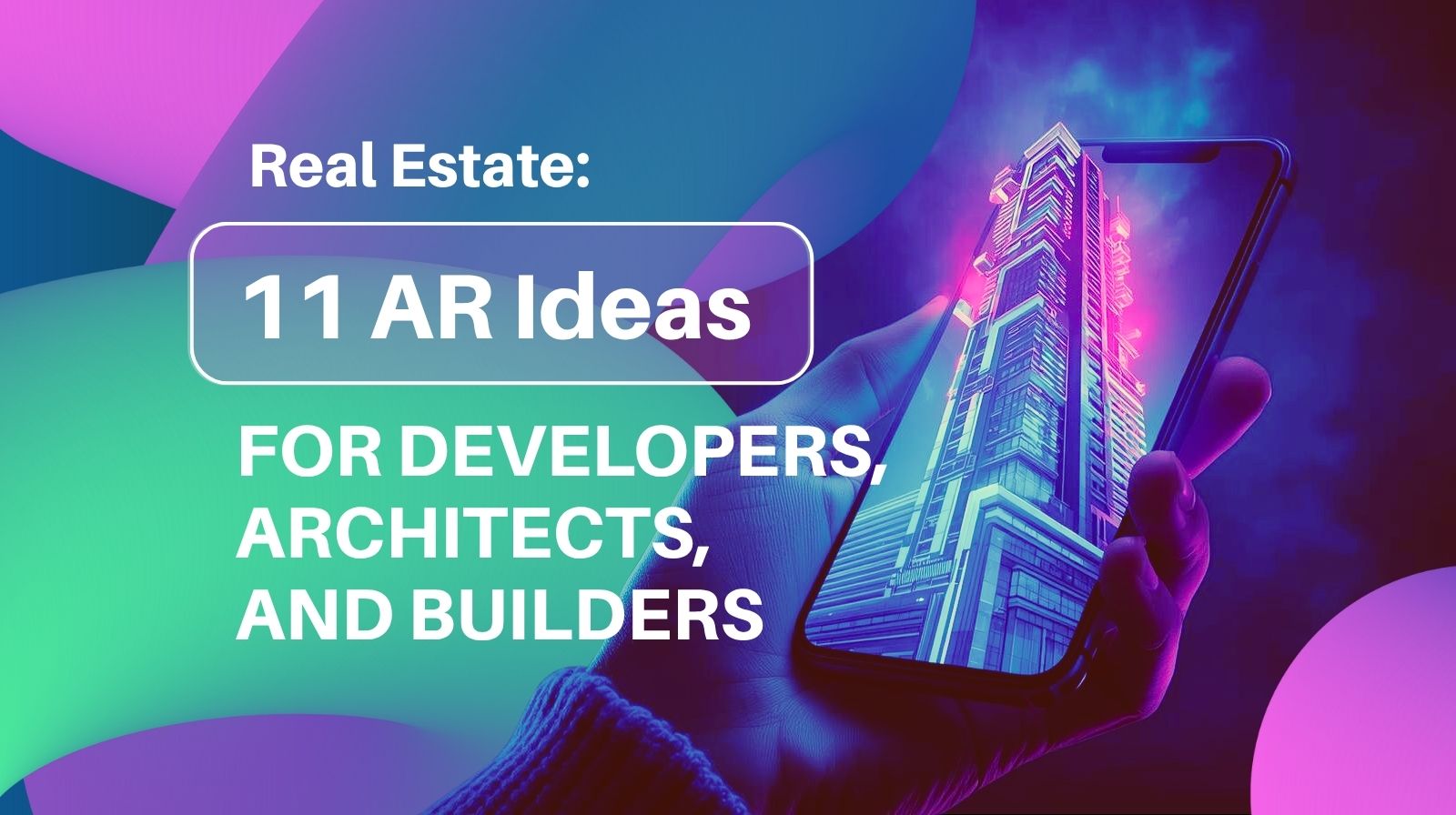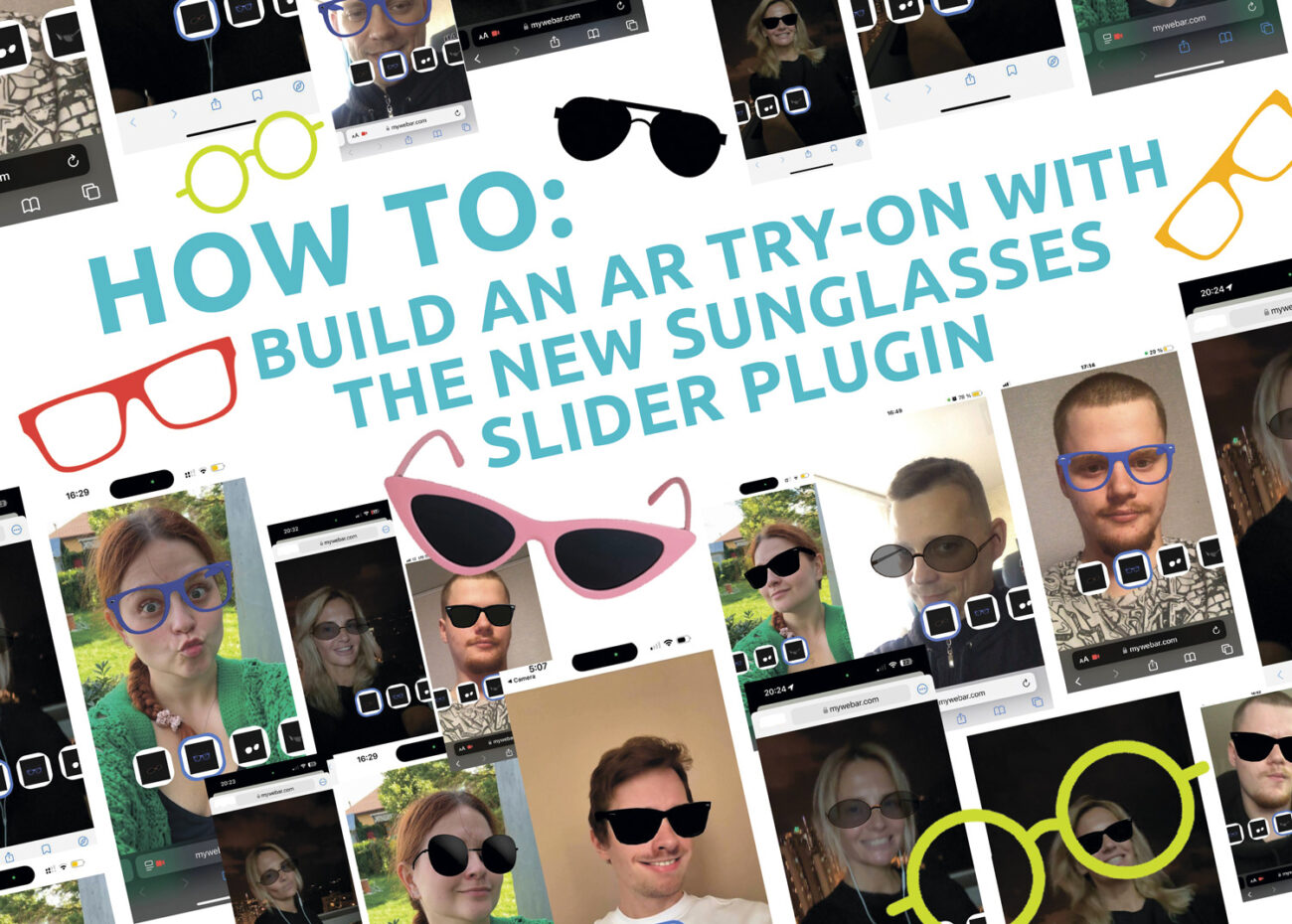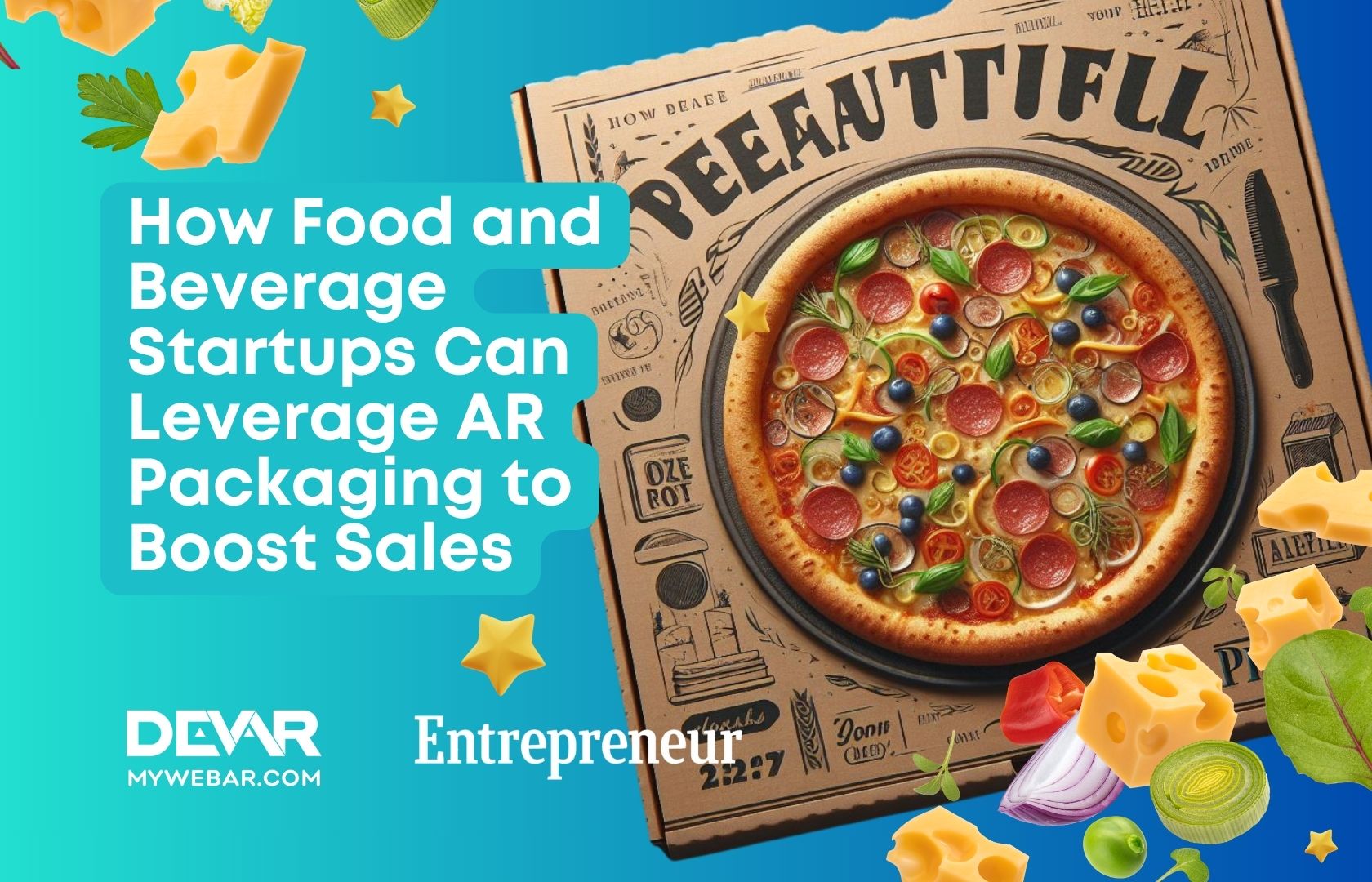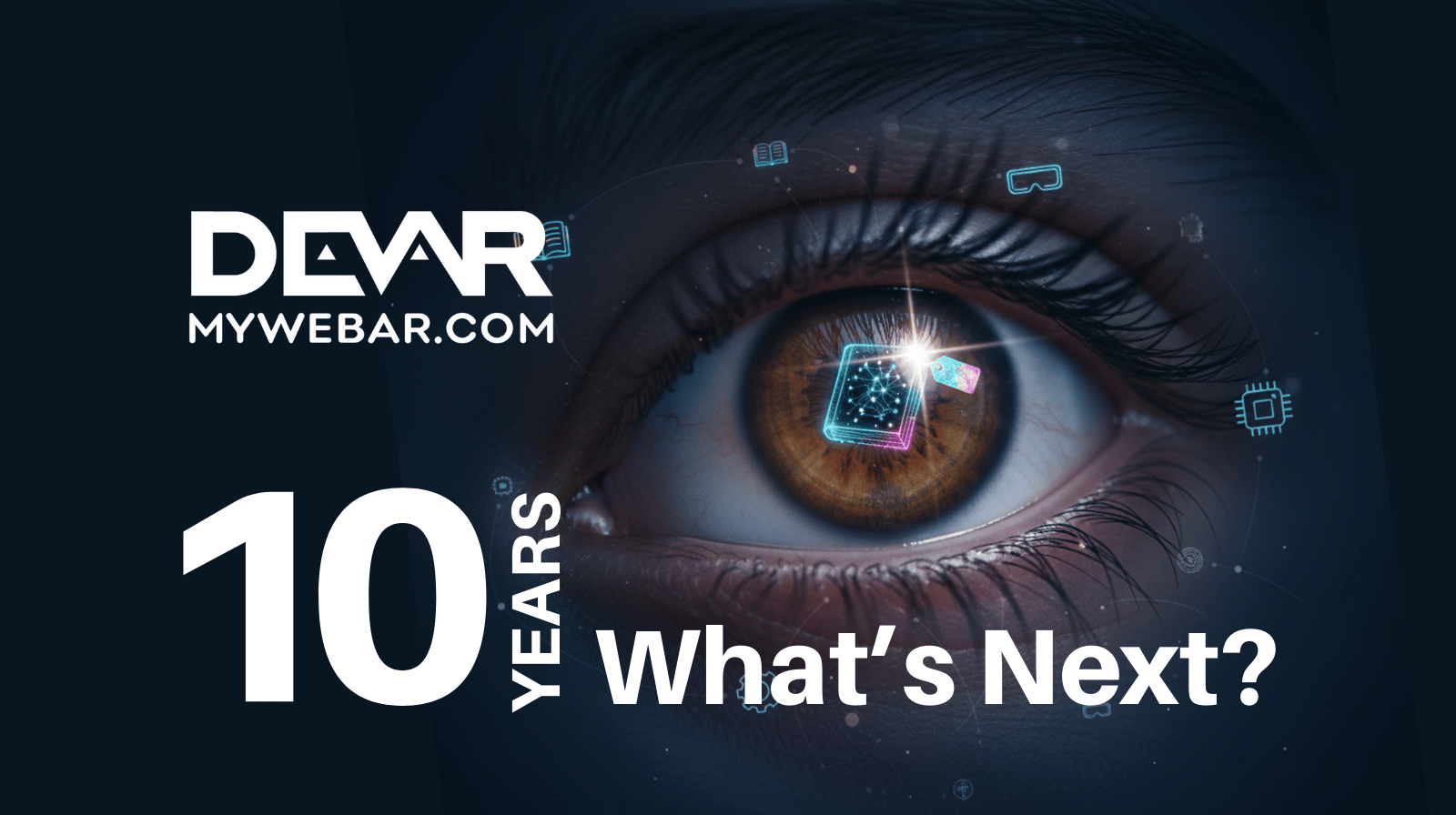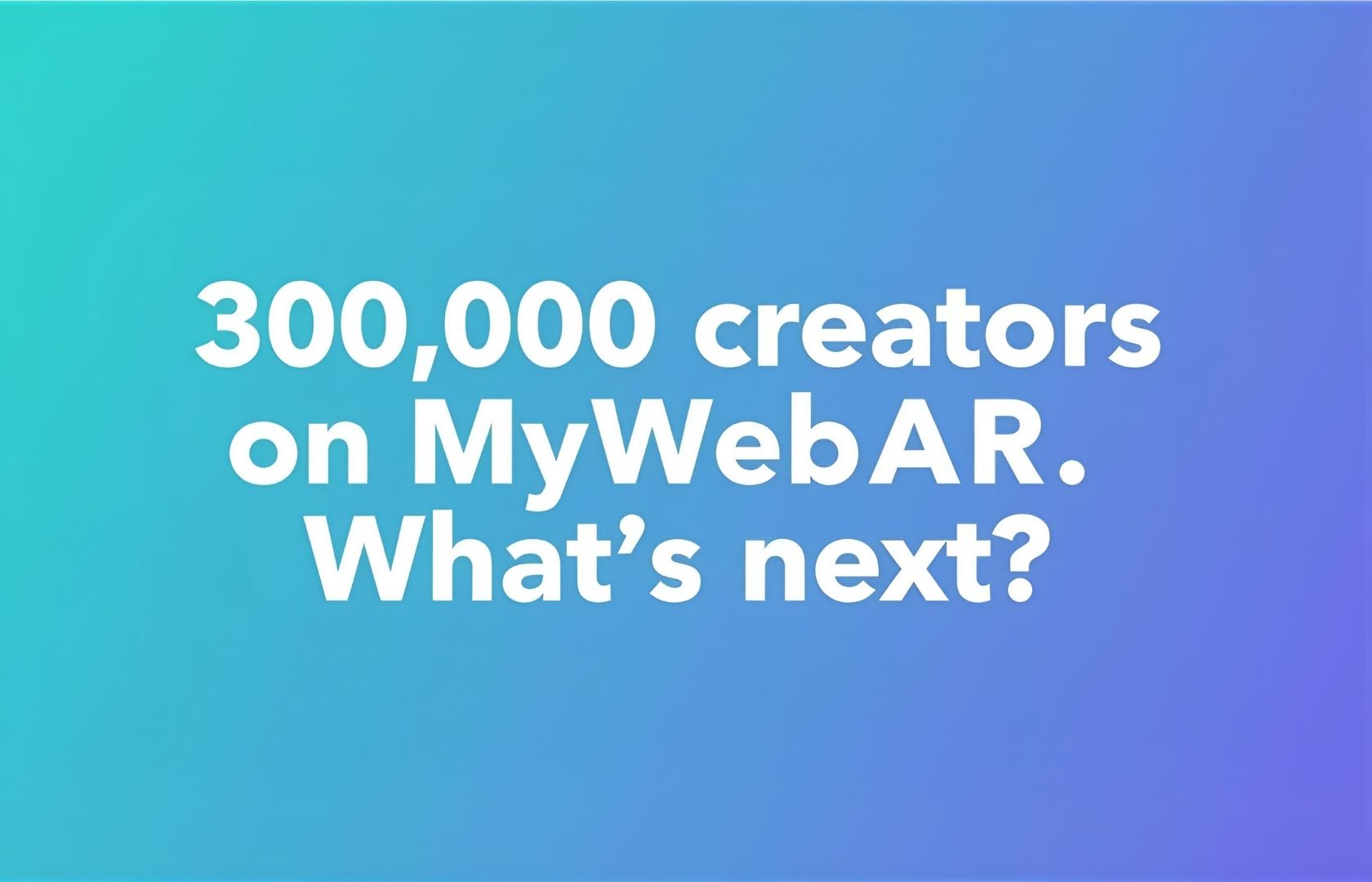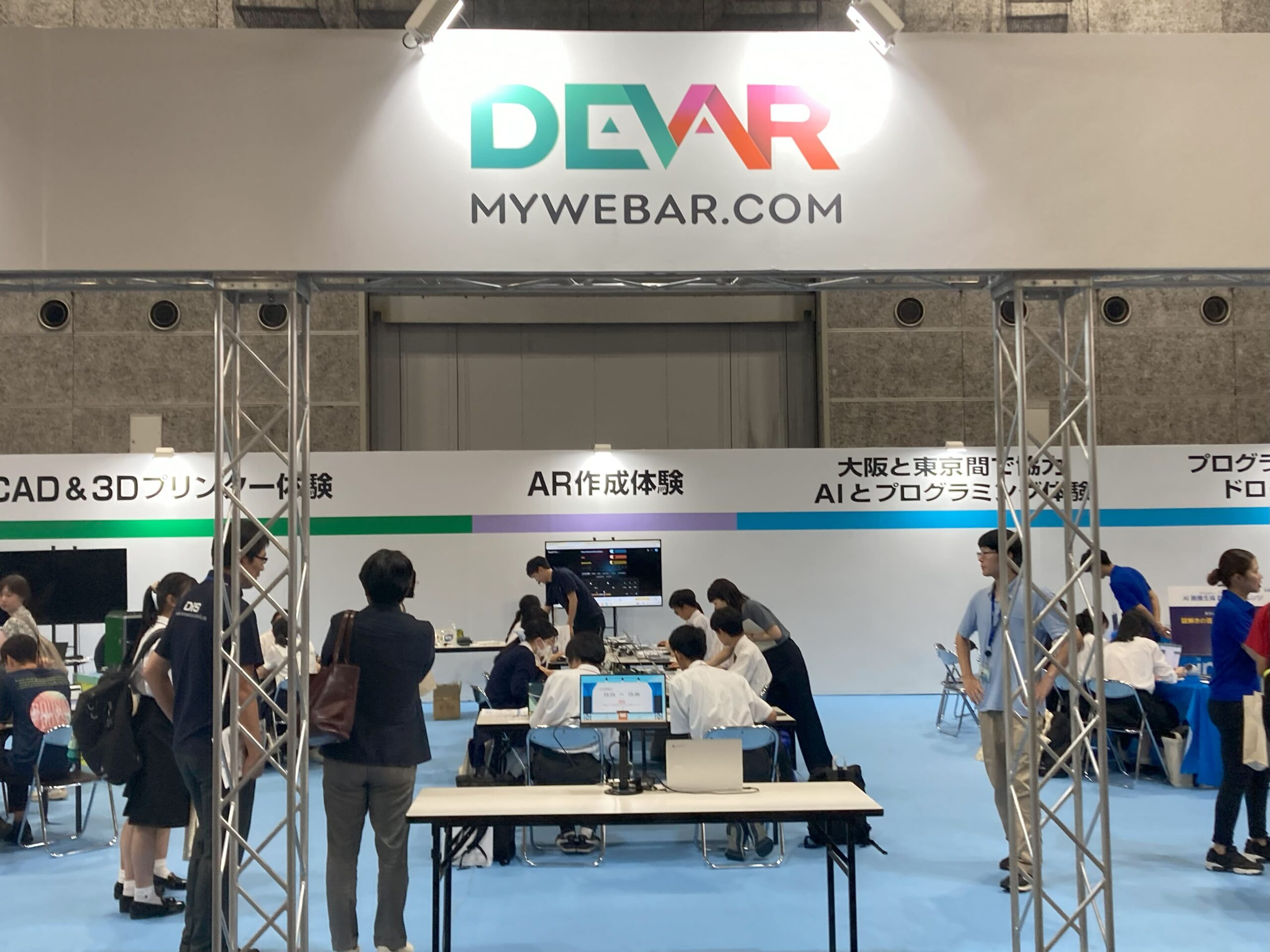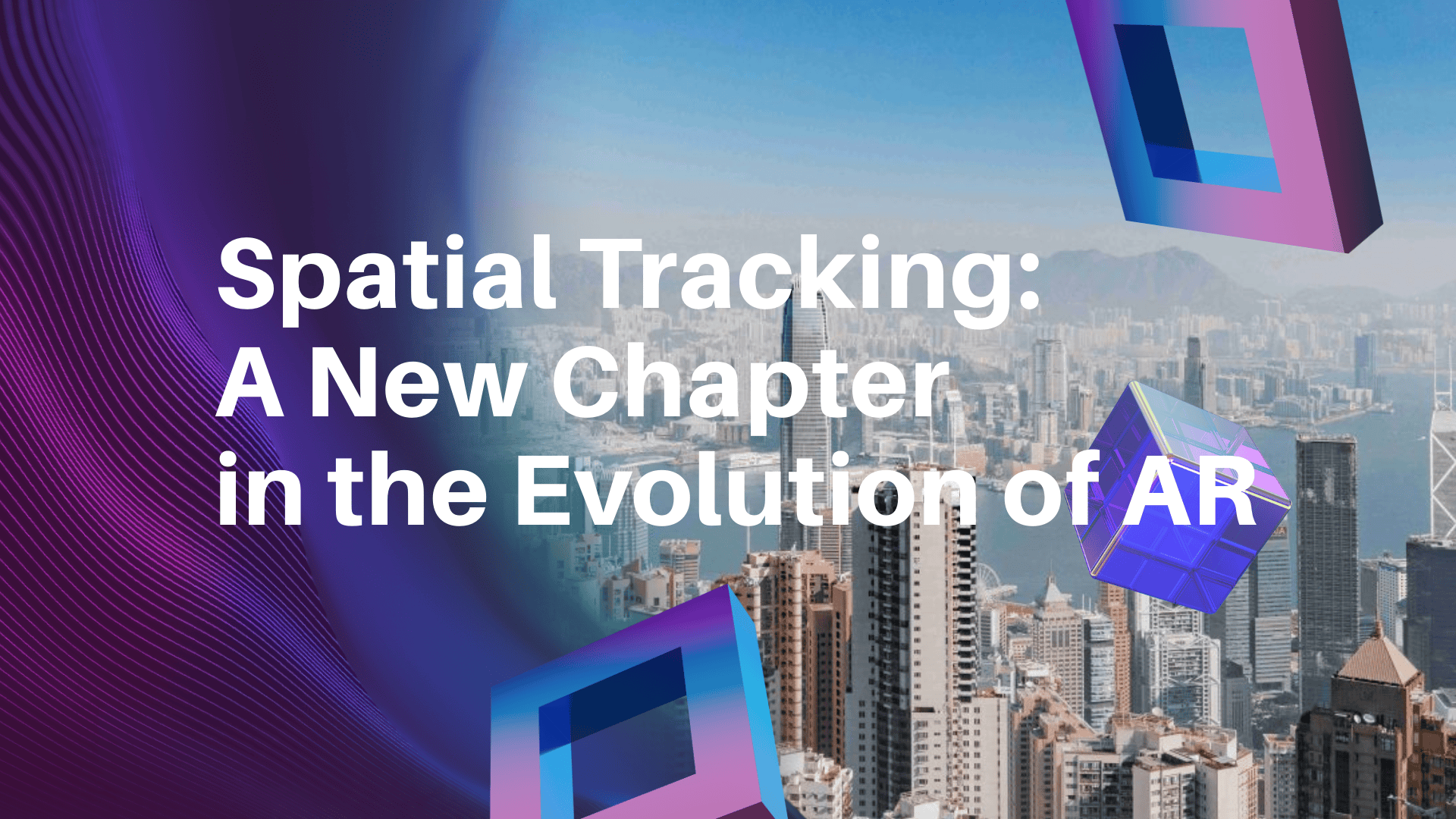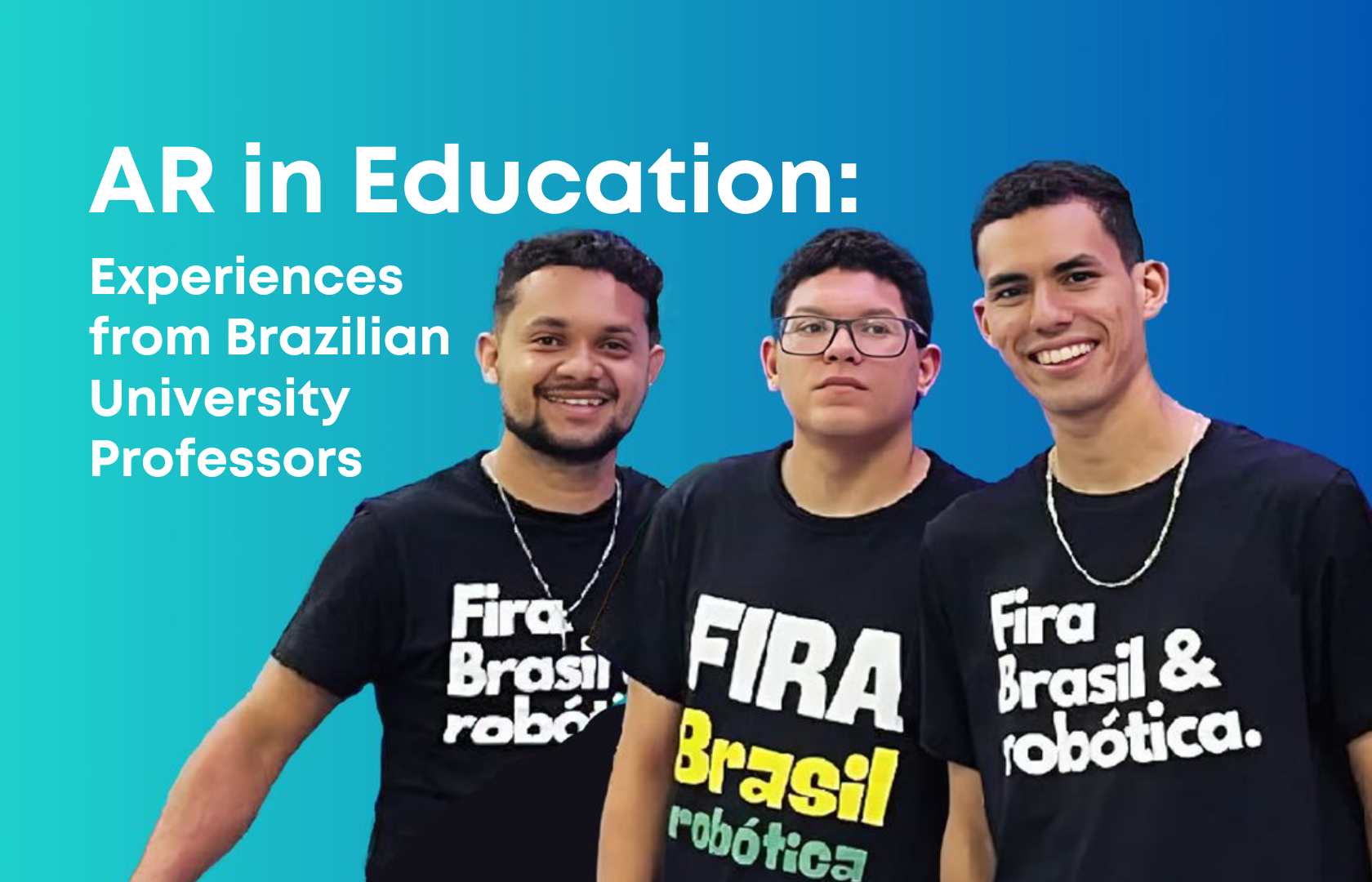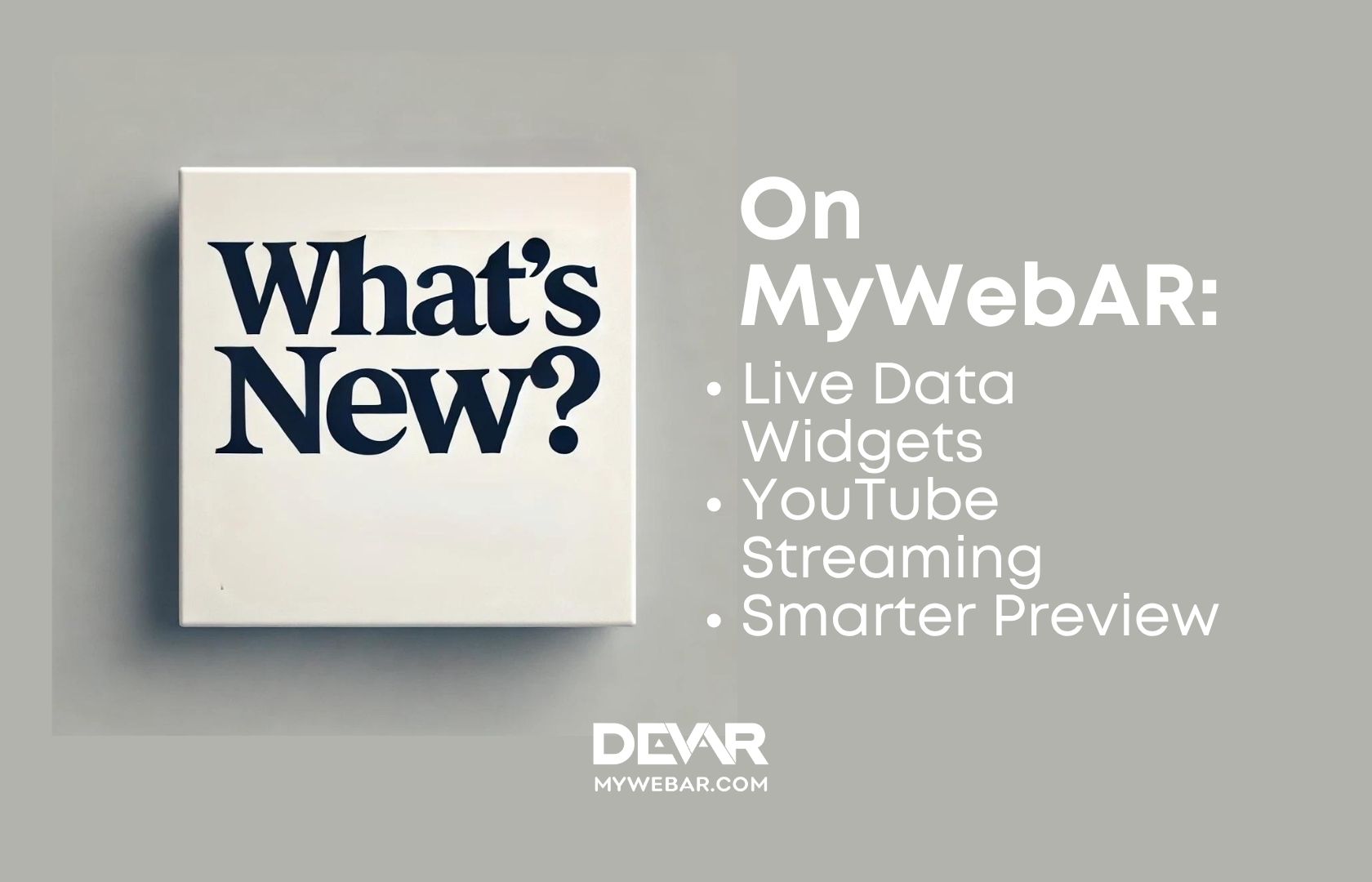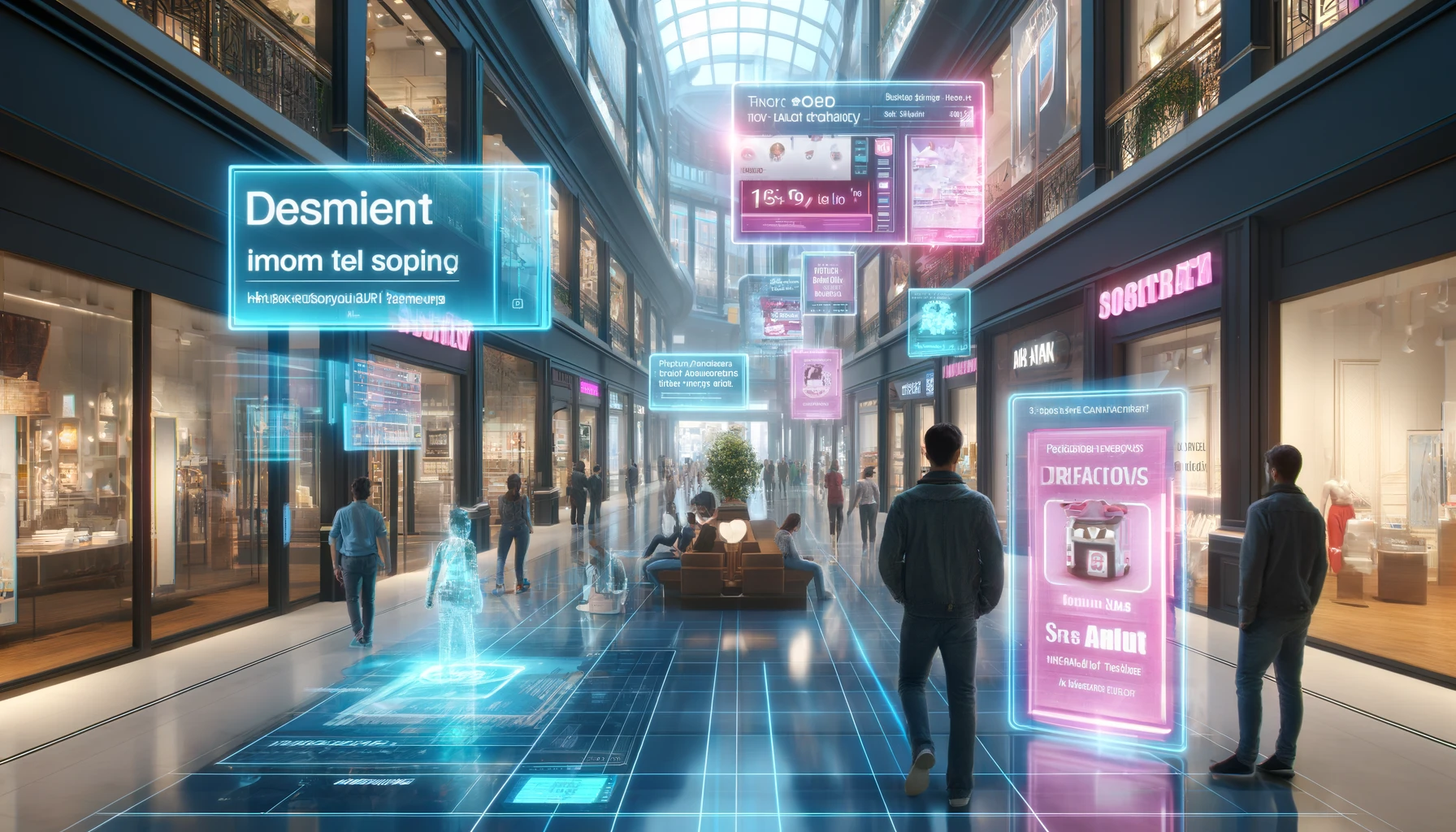Michael Voskoboynik, an innovative educator, has been integrating cutting-edge technologies like AR, VR, and AI into his teaching. After discovering his work through several publications and learning about his participation in ISTELive 2024 in Denver (CO), we reached out for a brief interview. Here, Michael shares insights into his projects and the transformative impact of immersive technologies in education.

Michael Voskoboynik
Technology Coordinator and Technology Teacher
Hasten Hebrew Academy of Indianapolis
Can you tell us a little about yourself and your journey as a Technology Teacher?
I was born and raised in Ukraine and immigrated to the United States in 1992. I was a Math teacher prior to emigration. I was fortunate to be able to continue my teaching career after my arrival to the US. In addition to Math, I began teaching Technology. I developed a passion for using technology to discover family history, and put together various projects that encouraged my students to delve into their ancestors’ stories. I created a Holocaust-related project known as “Virtual Trip to Eastern Europe”, where students conduct research on their relatives’ Holocaust experience, and present them in a way that makes their stories come alive. This project evolved into creation of our school’s award-winning interactive Holocaust museum.
Over the past decade, my students have been selected to present their projects at various conferences and events around the world.
When did you first encounter AR technology and what was your initial reaction, especially in the context of working with students?
Well, I’ve been attending various EdTech conferences, probably since I started teaching Technology. Therefore, if there is anything new on the horizon, I always try to learn about it as soon as I can. When Aurasma came around in 2010s, we immediately started using it.
For example, here’s is slide from one of my presentation in 2016:
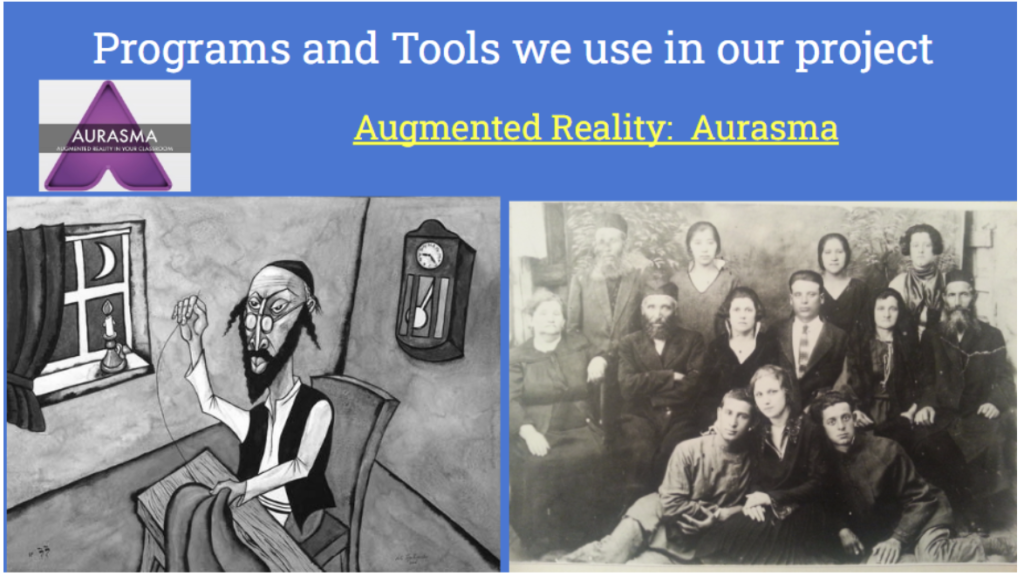
On the right side of the image, there is a photo of my grandparents’ wedding in 1928. When we aimed our phone camera at this photo, a video of an old-time Jewish wedding appeared on the screen.
We also used Merge Cube for AR projects within its own environment and with CoSpaces. My goal was (and is) that student would create their own content for those AR projects, instead of using (playing with) what’s available. We began students’ 3D scanning at that time, animated 3D scans and inserted them in various AR projects.
The simplest AR program for us to use 3D scans was Microsoft 3D viewer, which was part of Windows. We also enjoyed using Adobe Aero.
And then MyWebAR came around for us last year 🙂
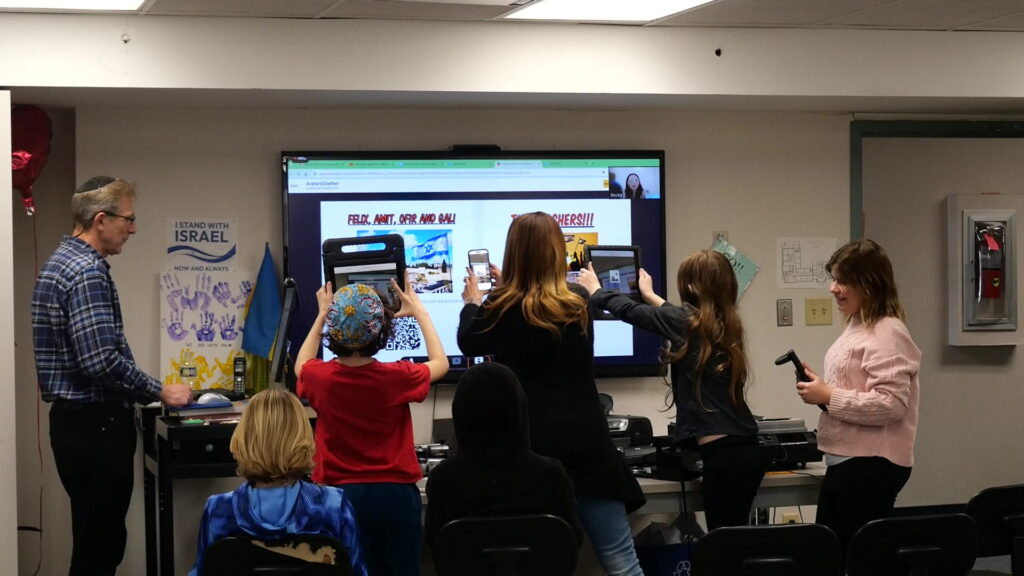
What inspired you to integrate AR technology into your educational programs?
Integrating AR technology into our educational programs allows students create immersive and interactive learning experiences. This approach helps them visualize complex concepts, engage more deeply with the material, and retain information more effectively.
Can you share some of your favorite projects that have used AR at your school?
We have been working with projects in the field for over three years. Before MyWebAR, we already had a number of projects with creative ways to incorporate virtual and augmented reality into the learning process.
Last year, at ISTE23 Live in Philadelphia I discovered MyWebAR. I immediately loved how the program worked and shortly after coming back home from ISTE I contacted MyWebAR PR department. In a few weeks an Educational platform for us was set up.
During the last school year my students in grades 4 – 8 enjoyed creating with MyWebAR. Additionally, we shared the program with our partner school in Israel, and students there joined us in creating collaborative projects.
Below are some of the most interesting designs from last school year: AR Masks, Avatar2Gether Book – Collaborative project with our partner school in Israel, Students’ favorite heroes AR Book Example.
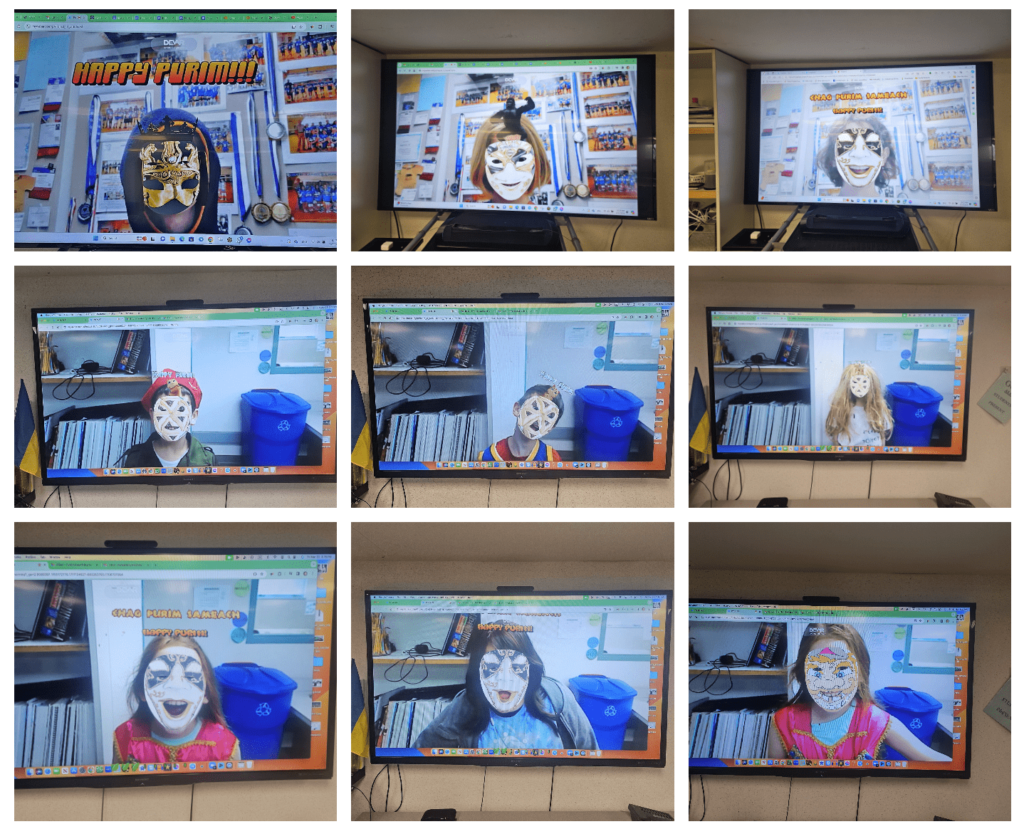
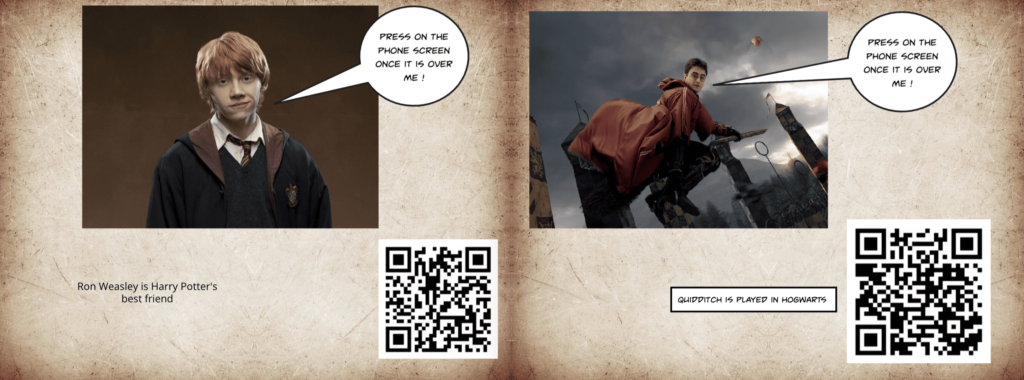
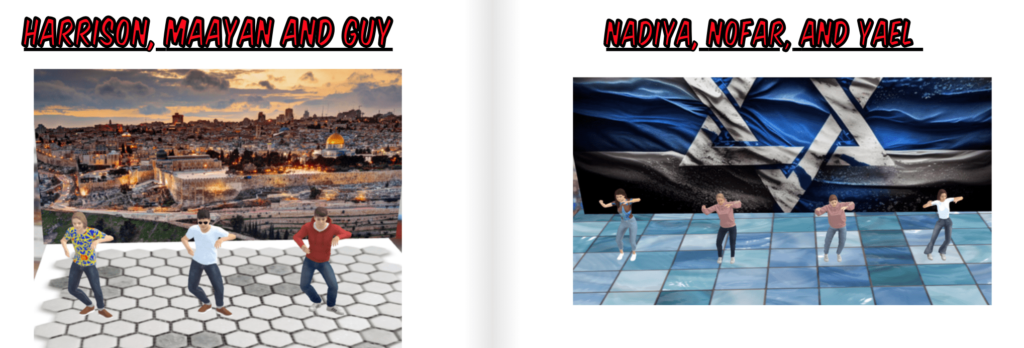
And this is my personal favorite. I created this for my college classmate, who is currently a teacher in Ukraine. I generated a 3D avatar of her, with a shirt in Ukrainian colors and Ukrainian music background. I also talked to her about the MyWebAR program and she became very interested in learning more about it.
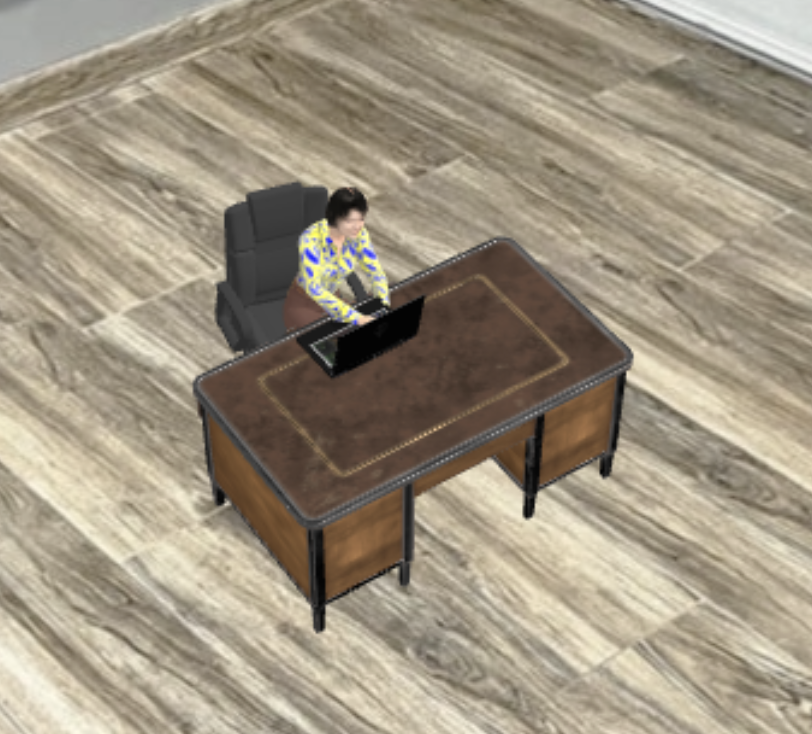
Tell us about your experience participating in ISTELive in June 2024. Can you tell us about your project that you prepared with your students? What was the reaction from the audience?
This was our 8th consecutive trip to present at ISTE, and each year we are preparing something new to share with the conference attendees. This time, the theme of our presentation was: Unleashing Creativity: Generating, Animating and Coding 3D Student Avatars for Interactive School Projects. An integral part of the presentation were MyWebAR projects. Of course, for most, if not all, attendees that participated in our two sessions, it was something totally new and unique. We definitely saw a lot of excitement in the reaction from the audience.
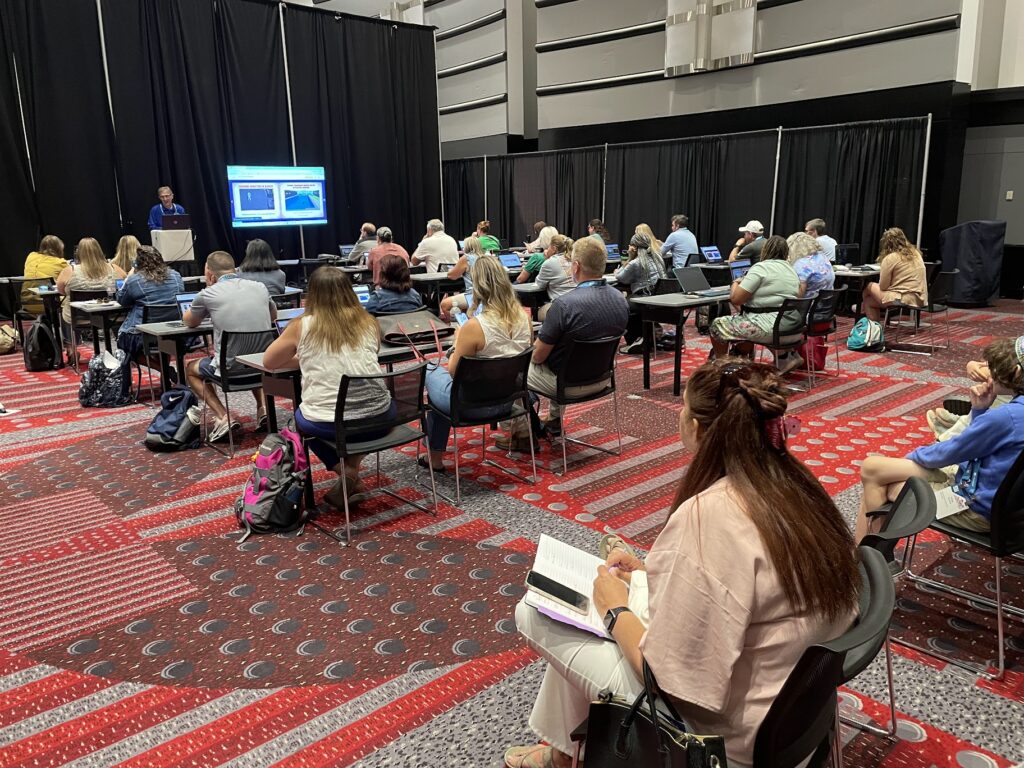
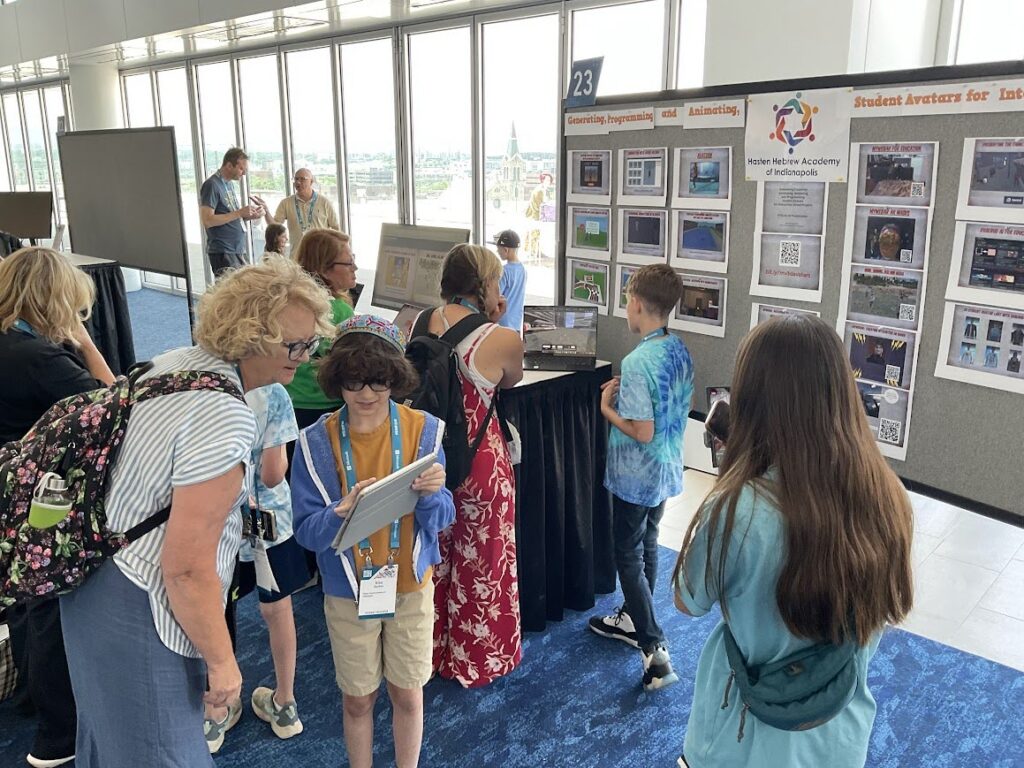
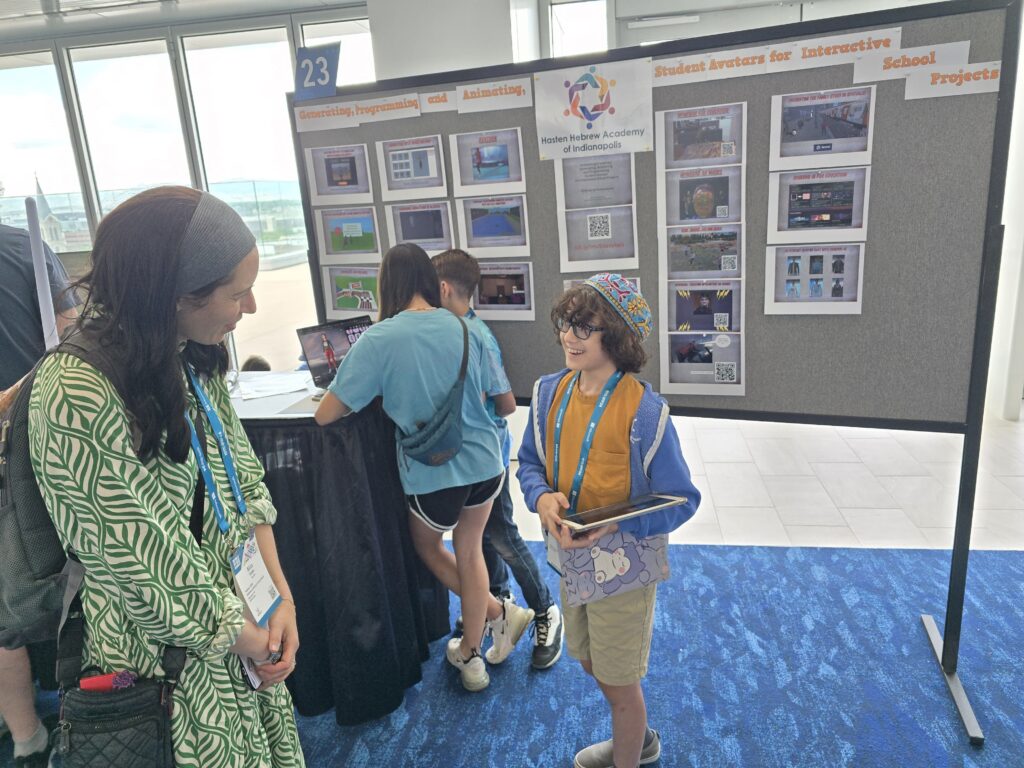
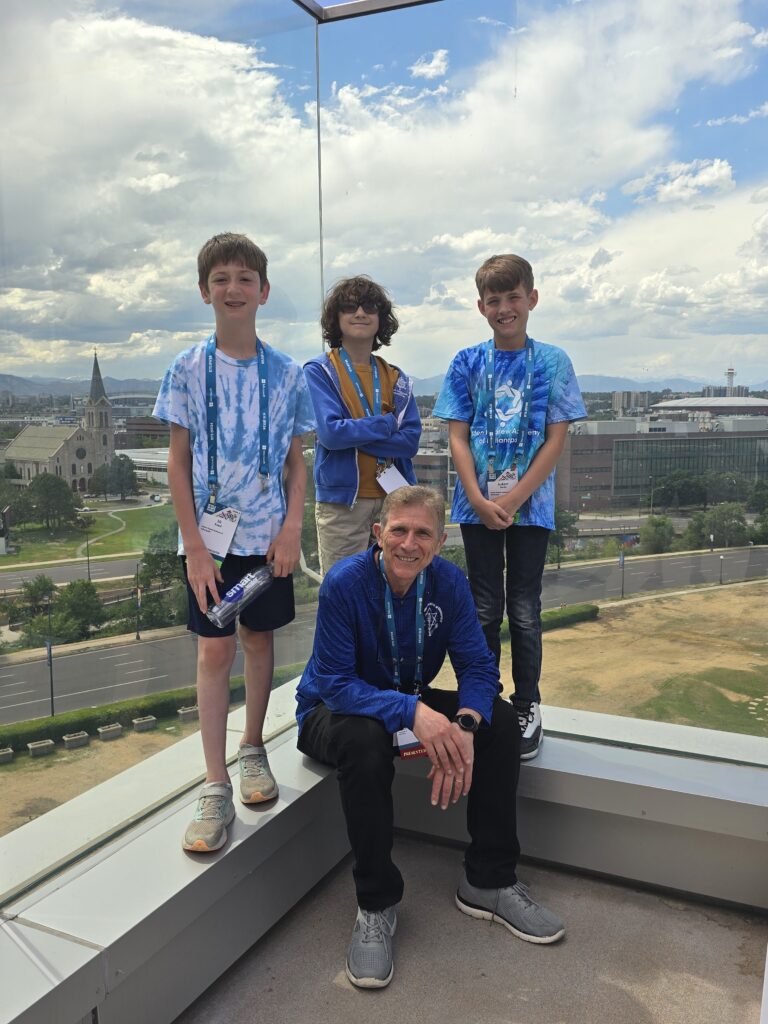
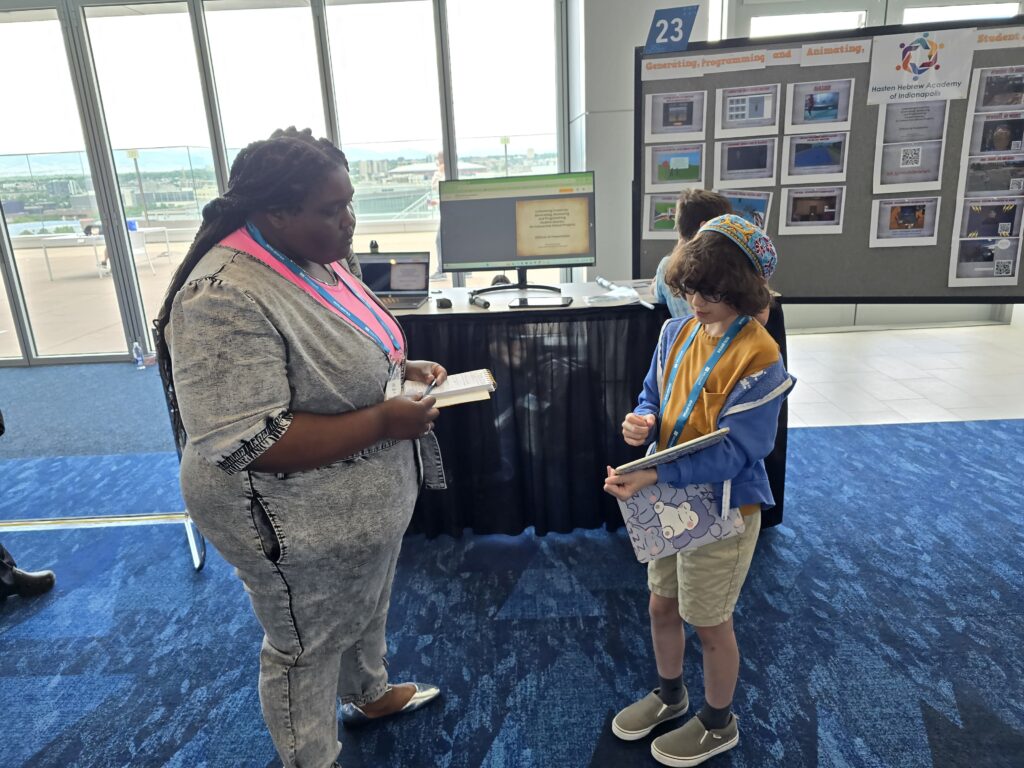

Have the results of using AR in your educational programs met your expectations? If possible, please tell us about these results and how they benefited the students.
Yes, the results of using AR in our educational programs have exceeded my expectations. Students have shown increased engagement and improved understanding of complex concepts. AR’s immersive experiences make learning more interactive and enjoyable, helping students retain information better. Additionally, it has fostered collaboration and creativity, as students explore and interact with the material in new and exciting ways.
What do you think is the future of AR and VR in education?
I think it is already widespread. The addition of AI has the potential to revolutionize learning. AR, VR and AI are set to play a significant role in the evolution of education.
